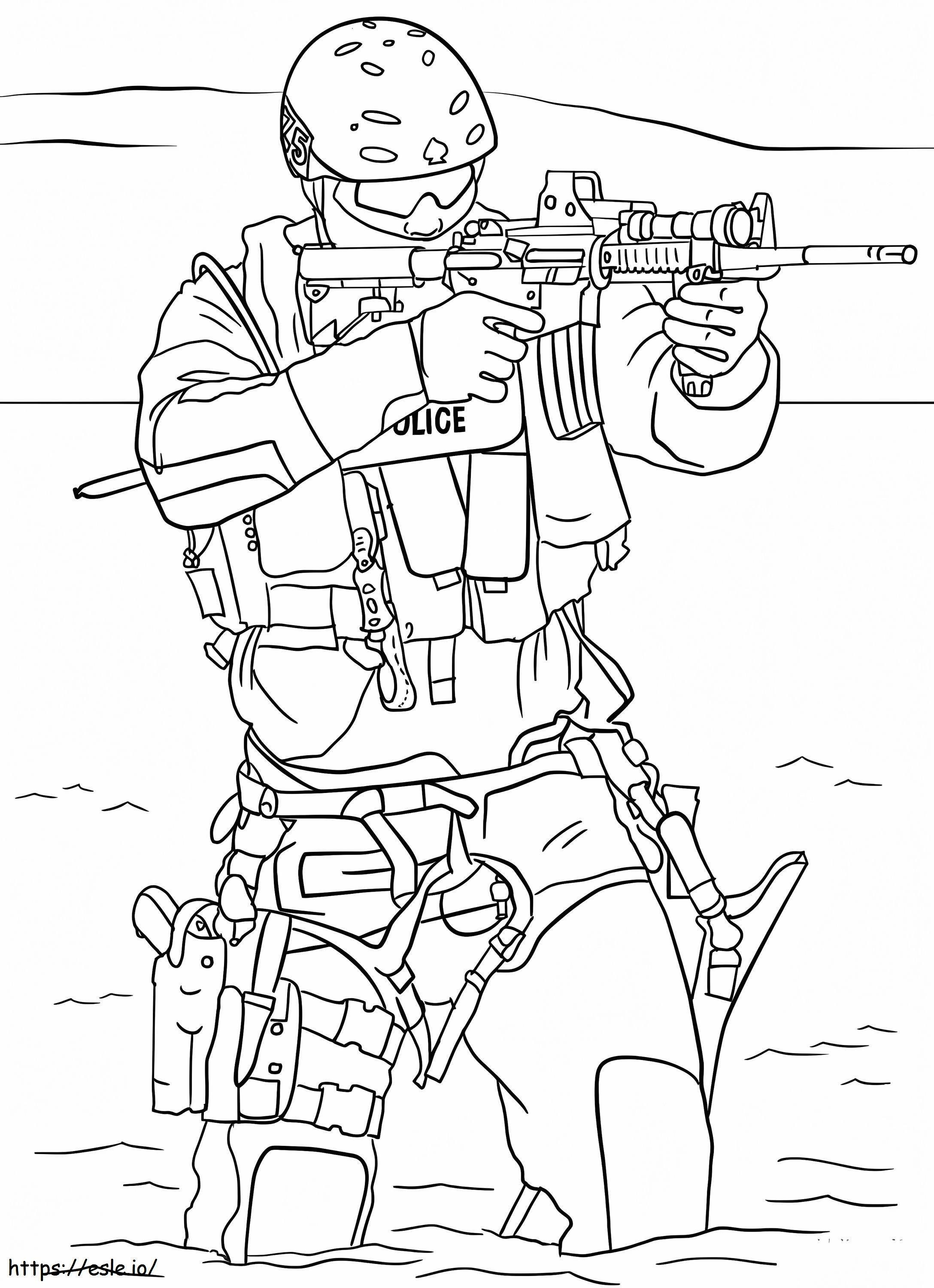When it comes to law enforcement, few units evoke as much intrigue and respect as SWAT. The term SWAT has become synonymous with high-stakes operations and elite tactical skills. But what exactly does SWAT stand for, and what role do these specialized units play in modern policing? This article delves into the origins, functions, and significance of SWAT teams, providing a comprehensive overview of their critical contributions to public safety.
Understanding the acronym SWAT—Special Weapons And Tactics—reveals the essence of these specialized units. They are not just about using advanced weaponry; they represent a strategic approach to handling dangerous situations that exceed the capabilities of regular police forces. From hostage rescues to high-risk warrant executions, SWAT teams are trained to handle some of the most challenging scenarios faced by law enforcement agencies. Let's explore further how SWAT teams operate and why they are indispensable in today's world.
Origins and Evolution of SWAT Teams
The concept of SWAT emerged in response to the increasing complexity and danger of certain law enforcement situations. Initially developed in the 1960s by the Los Angeles Police Department, SWAT was created to deal with urban riots and violent confrontations more effectively. Over time, SWAT teams evolved to include highly skilled officers capable of handling a wide range of emergencies requiring specialized tactics and equipment.
Members of SWAT teams undergo rigorous training that goes beyond standard police procedures. They are equipped with knowledge and tools necessary for executing high-risk missions such as serving arrest warrants on dangerous suspects or managing incidents involving barricaded individuals. Their expertise ensures minimal risk to both civilians and officers during volatile situations.
Today, SWAT teams exist within many police departments across the United States and around the globe. Each team is tailored to meet specific needs based on local challenges while maintaining core principles of precision, strategy, and teamwork under pressure. This adaptability underscores why SWAT remains vital in contemporary policing strategies.
Tactical Responses in High-Risk Situations
A key function of SWAT teams involves responding to situations where conventional police methods might escalate risks unnecessarily. For instance, when dealing with armed standoffs like the one described in Butler Plaza Walmart incident, SWAT units employ precise tactics aimed at resolving conflicts safely without resorting immediately to forceful measures unless absolutely necessary.
During such events, evacuating homes and other buildings becomes crucial for ensuring civilian safety. By removing bystanders from potentially hazardous zones, SWAT can focus solely on neutralizing threats posed by hostile parties involved in the situation. Such actions reflect careful planning and execution designed primarily to protect lives.
Moreover, SWAT interventions often involve coordinating efforts between various branches of law enforcement including Problem Oriented Policing Officers who work alongside them to address underlying issues contributing to criminal behavior patterns. This collaborative approach enhances overall effectiveness in preventing future incidents through targeted community engagement initiatives led by dedicated professionals committed to upholding justice responsibly.
Community Engagement and Accessibility Initiatives
Beyond operational excellence, SWAT teams also emphasize fostering positive relationships within communities they serve. Programs initiated by departments like San Francisco Police Department aim at improving digital accessibility standards so that all members of society have equal access to important resources such as copies of police reports online. These steps demonstrate commitment towards transparency and accountability in delivering quality services.
Additionally, recruiting diverse personnel reflects broader goals set forth by organizations seeking greater representation among ranks reflective of populations served. Encouraging volunteers from different backgrounds brings varied perspectives essential for developing innovative solutions addressing complex problems facing modern societies today.
As part of ongoing reforms aimed at enhancing public trust, initiatives promoting education about roles played by SWAT teams help demystify misconceptions surrounding their activities. Educating citizens empowers them with accurate information regarding circumstances necessitating deployment thus strengthening bonds between law enforcement agencies and communities alike.

